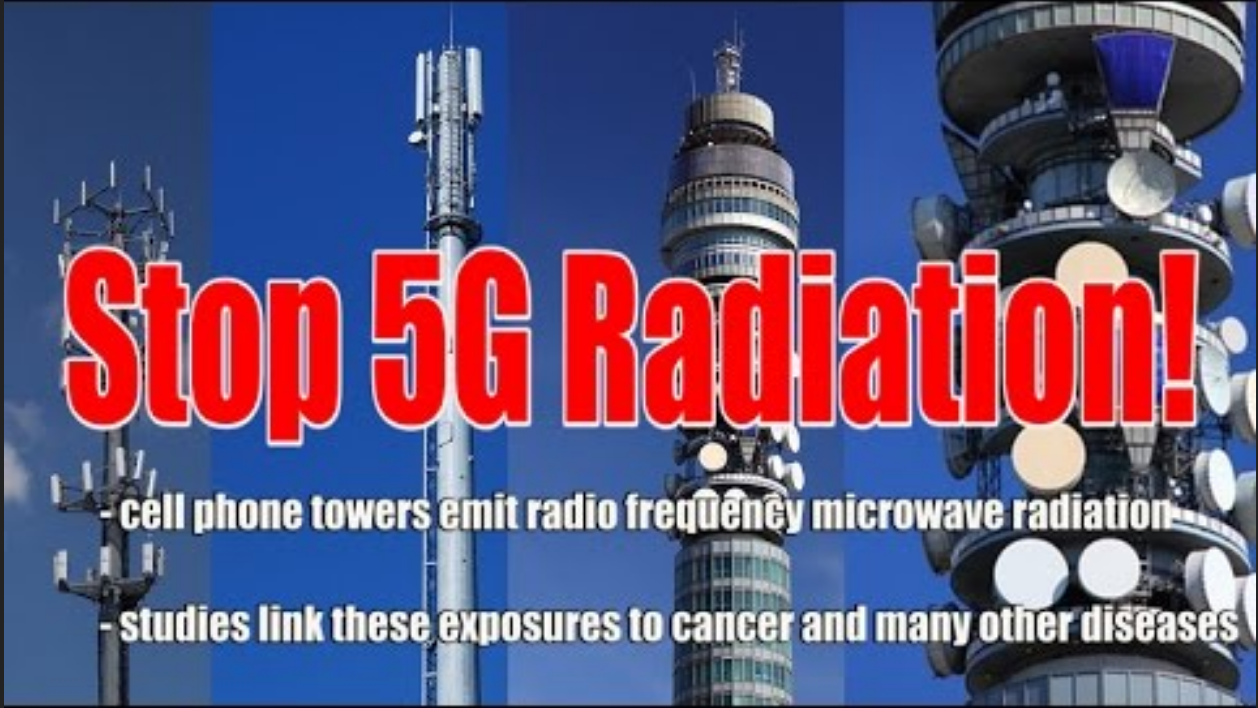There are a variety of health risks associated with 5G wireless technology. While some of them are acute, like electronic sensitivity and hypersensitivity, others can be long-term like cancer and damage to the skin. Below are a few of the health concerns that are connected to 5G. And remember, you health should be the main issue.
Radiofrequency radiation exposure
Radiofrequency radiation (RF) is a significant issue because of its potential to affect the health of human beings. However, there are some significant limitations to epidemiological studies. Get more info of the biggest problems is that RF exposures may be difficult to measure. This is why the majority of studies employ job-exposure matrices and self-reporting techniques, which could be inaccurate and result in inaccurate classification. Another issue is the lack of standardized exposure assessment and an inability to control for potential influences that could cause confusion.
One method to reduce the risk is to restrict the amount of exposure. It is recommended to limit exposure. International Commission on Non-Ionizing Radiation Protection (ICNIRP) has issued guidelines that set limit on exposure to RF fields over six gigahertz. These guidelines are designed to ensure that RF exposure doesn't harm the health of humans.

Eyes are radiated
The rapid growth of 5G networks could result in a myriad of health problems. These networks will come with high-speed internet connections and will are used in mobile devices, networks as well as service providers. Researchers from Swinburne University in Australia have been studying the effects of radiofrequency radiations on human tissues, and their findings have been the basis for discussion about the potential risks. The team, which is led by Prof. Andrew Wood, is part of the multi-institutional Australian Centre for Electromagnetic Bioeffects Research. The team is also contributing to the research on behalf of the International Commission on Non-Ionizing Radiation Protection (ICNIRP).
However, the implications of 5G on human health are still unclear. It is necessary to conduct more research to establish the exact dangers to health posed by this latest technology. There aren't how dangerous is 5g radiation linking 5G to COVID-19 which is the virus responsible for SARS. It also does not appear to cause an outbreak of coronavirus, or cause people to be more susceptible to viral infections.
The sweat ducts are irradiated
The radiation of sweat ducts by 5G is caused by the radiofrequency wave transmission which has been associated with health risks. 5G is built in the sub-THz frequency spectrum, which is much shorter than the wavelengths of 2G, 3G as well as the 4G and 2G wireless network. This frequency band is thought to have certain absorption rates. The high-frequency waves are concentrated within the sweat duct, causing higher SAR values than what is normal. The effect on human health is difficult to assess because the standard tests used by industry systems are not sophisticated enough to measure the effects on the sweat glands. Thus, the biological consequences of this frequency band have to be considered in 5G's development.
Although 5G wireless communication systems are still under vigorous controversy Recent studies have revealed that exposure to RF-EMF can cause harm. This kind of exposure has been linked with the development of cancer as well as infertility. Studies have also concluded that exposure to 5G may be associated with additional health risks.
Animals with cancer
As we begin to implement high-speed 5G networks, it is crucial to understand the potential risks to our health that this technology can pose. Currently, there are several health concerns surrounding the deployment of this technology, and it has prompted a significant debate in many nations. Professor Andrew Wood's team from Swinburne University has been studying the impact of electromagnetic energy from 5G on human tissues, and the results have helped form the basis for discussions regarding safety regulation. This team also is part of the multi-institutional Australian Centre for Electromagnetic Bioeffects Research which is helping The International Commission on Non-Ionizing Radio Protection's (ICNIRP) efforts.
This research has drawn mixed conclusions. While some researchers have cited studies that have shown that radiofrequency radiation from mobile phones causes human cancer, other studies have suggested a link between the devices and hearing issues in humans. Researchers have also identified an association with gliomas caused by 5G animals. These tumors can be located in the brain, the heart or ear. They interfere with the functions of the nervous system and heart. They can also affect the balance of hearing and balance. They can also be dangerous, and removing them can be risky.
Pandemic conspiracy
A Belgian doctor has linked the spread of a coronavirus to 5G cell towers. The conspiracy-minded took advantage of the doctor's words to promote an anti-5G campaign. Although the Belgian newspaper had removed the article from its website, it was quickly shared on social media which included YouTube and Facebook by famous people with a large following.
There is, however, insufficient evidence for this idea. There are other issues but. Certain people have been calling for the destruction of mobile phone towers, and have threatened their lives. In the UK, threats against telecom engineers have risen. Some of these threats have led to vandalism of mobile towers as well as other infrastructure. At the beginning of April the UK saw thirty reported cases of vandalism targeted at wireless devices. A fire attack that occurred in the Netherlands was also reported to have been associated with the words "Fuck 5G."
Although many public health experts have debunked the 5G pandemic theory, it has become the norm of opinion. how dangerous is 5g radiation has also had real-world effects since attacks on 5G towers have been reported across Europe as well as Latin America. Although even though the CDC has declared 5G safe to use, there are still concerns about the health implications of the technology.
